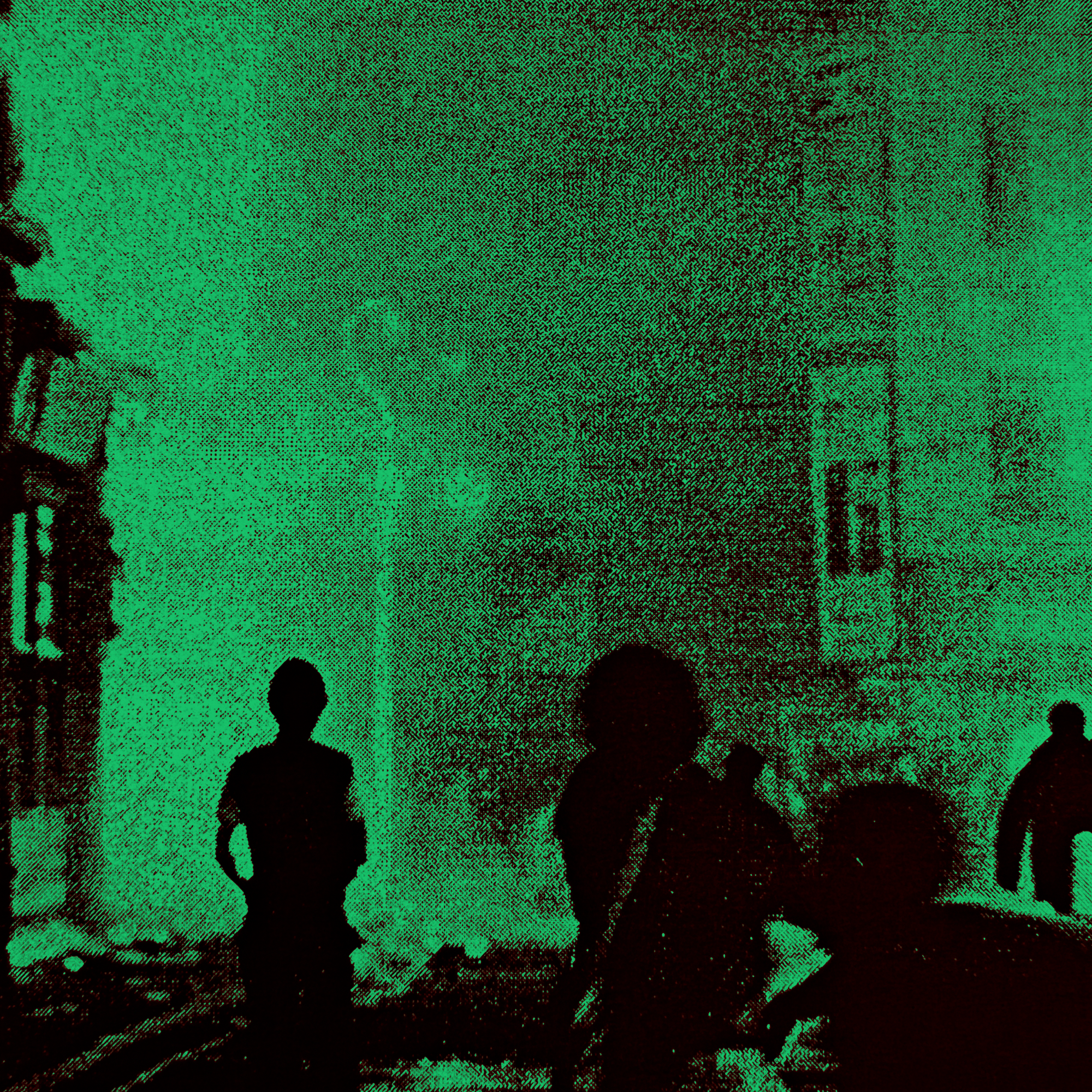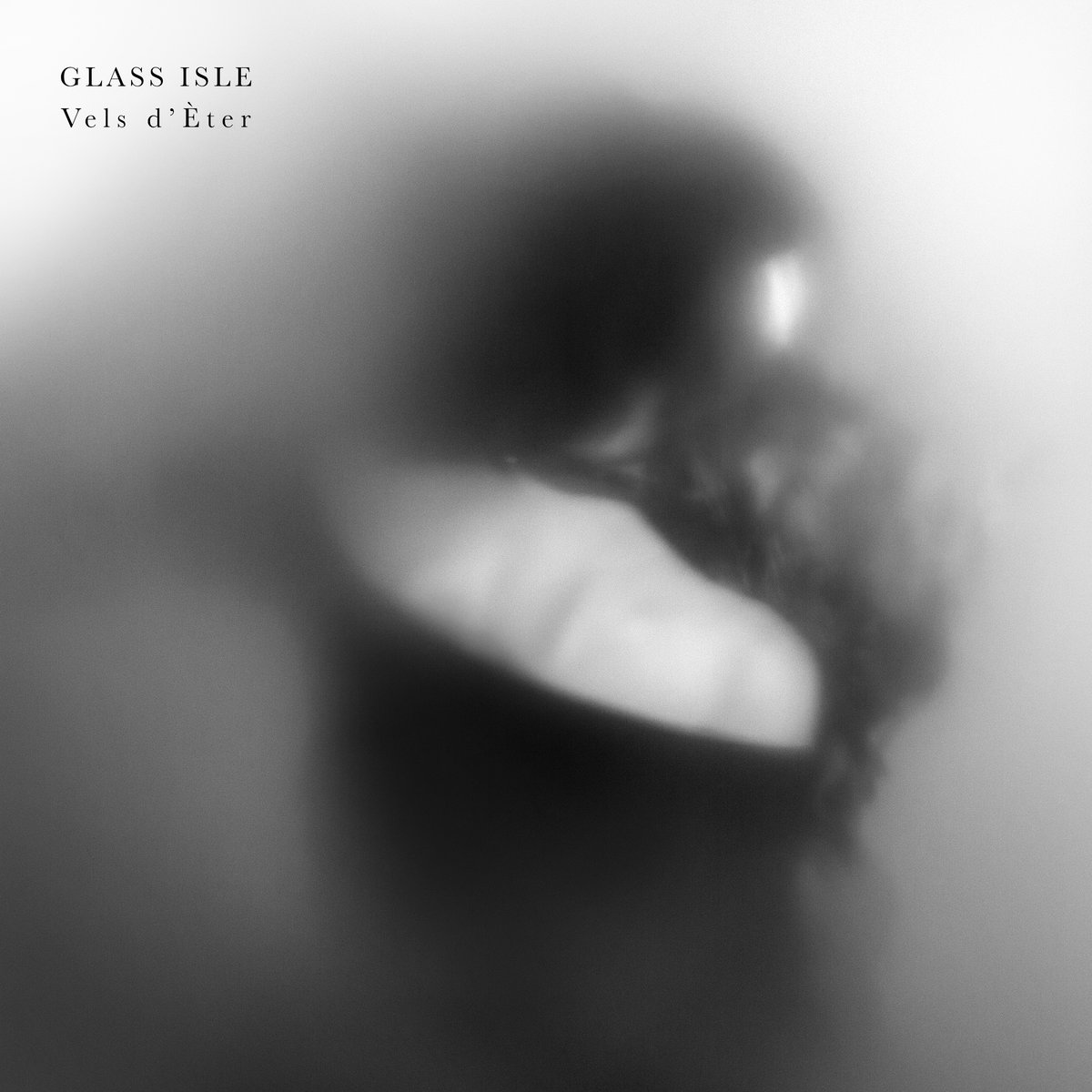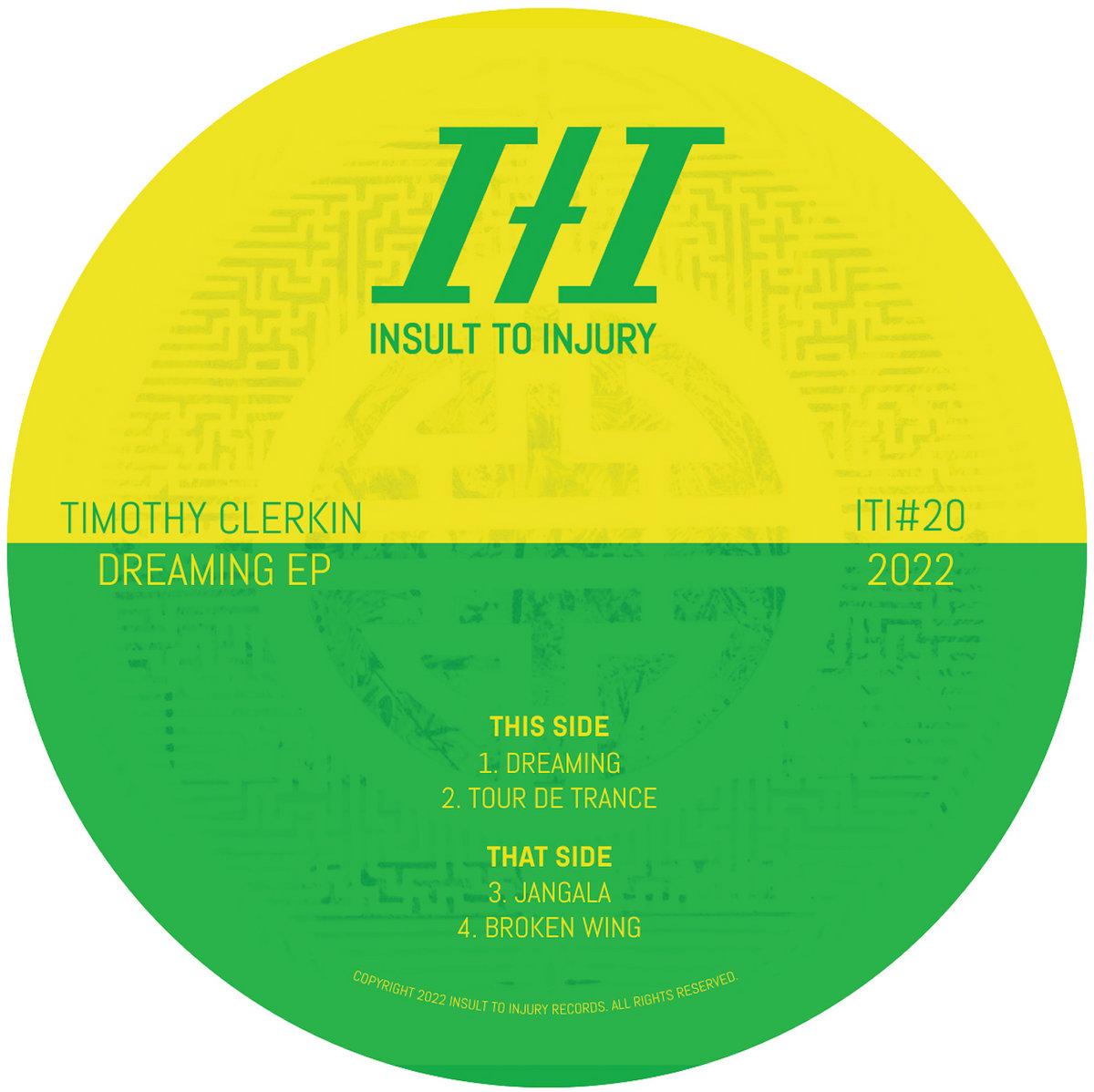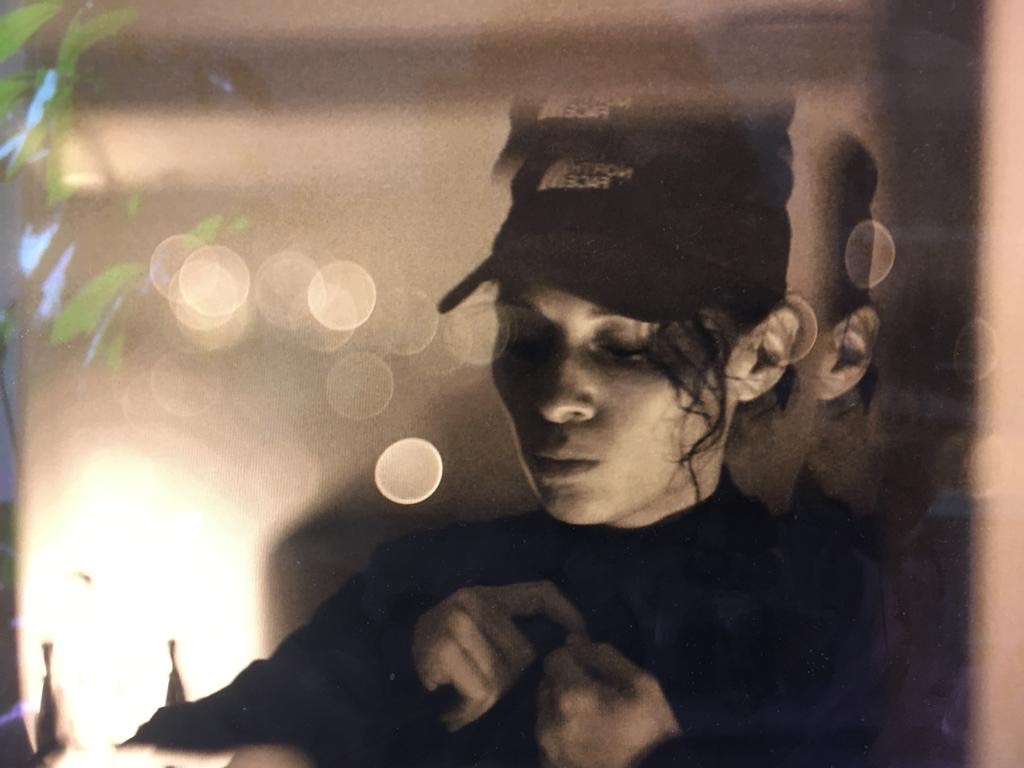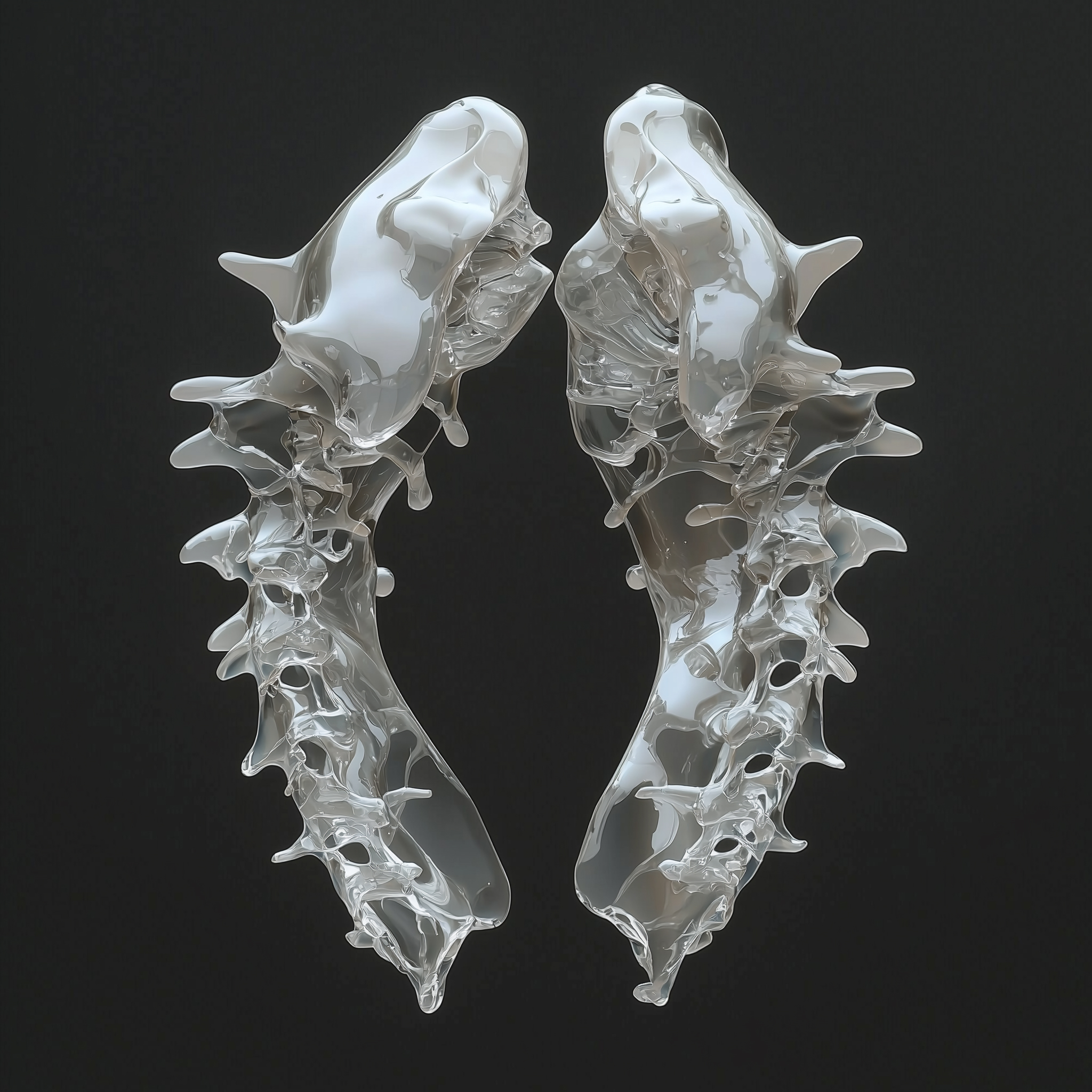Steven Spielberg’s ‘Duel’
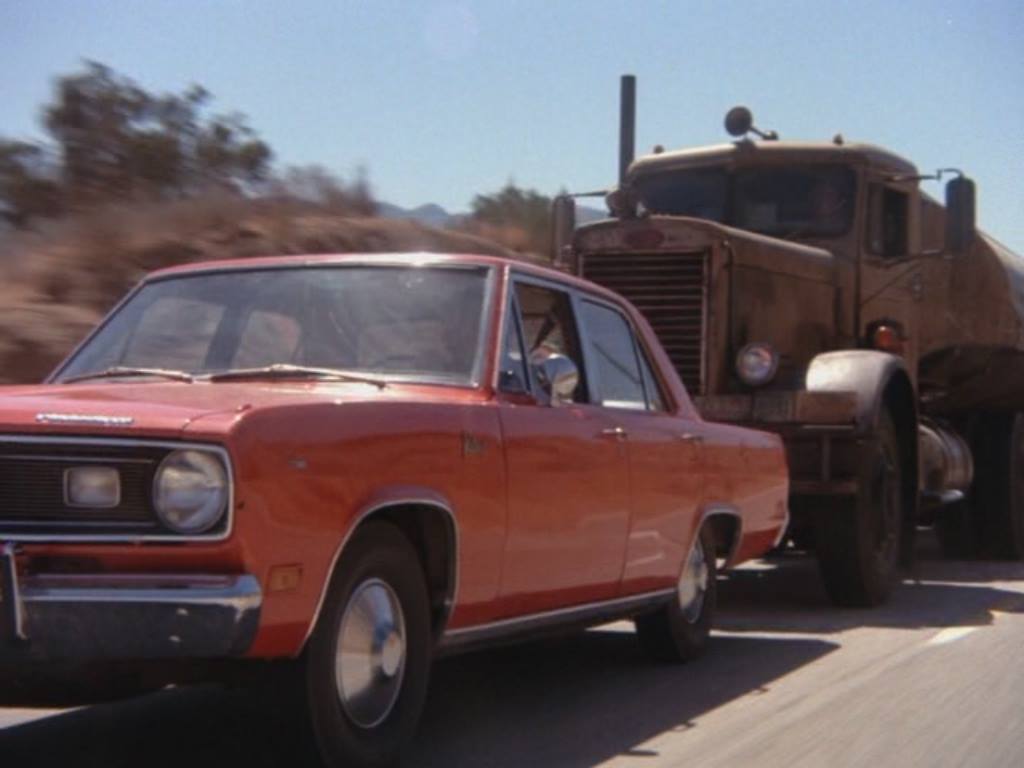
As the BFI look back at the career of American blockbuster penchant Steven Spielberg, I decided to go all the way back to 1971 and look at where it all began.
I’ve always felt that I could personify a car by its front end. Ever since I was young, I would attempt to assemble a face (not literally) from the plastic headlights and metal grill, making an assumption as to what it might be like, almost in some bizarre Transformers-style fashion. As for the relentless big rig of Duel, he’s less Optimus Prime and more Megatwat.
Steven Spielberg’s 1971 debut feature Duel is a minimal, ambiguous and stripped back psychological thriller that when put up against his other efforts looks almost nothing like anything that would bear his name. Or does it? Maybe on the surface, the idea of an incredibly simple narrative – man drives across country, man is terrorised by rusty brown tanker – seems uncharacteristic of Spielberg when put up against stuff like Close Encounters of the Third Kind, but watching it had me thinking more of 1975’s Jaws. The over-bearing persistence of a deadly mechanical force is mirrored in Spielberg’s man-eating Great White that terrorised our screens four years later. So much so that even my mum admits that she was scared to sit on the toilet after seeing it..

Anyway. Back to Duel. The film is the clear starting point of a director in love with the art of film. As the dialogue is kept to a minimum, other than the internal monologue of everyman protagonist David Mann (Dennis Weaver), Spielberg lets the camera and the sound do the talking. Low angle shots from cameras presumably attached to the base of the cars provide a real sense of speed and pace, akin to the iconic car chase sequence from Friedkin’s The French Connection, released in the same year. Billy Goldenberg, the film’s composer, clearly channels Hermann throughout, bringing suspenseful Hitchcockian notes to this petrol-headed paranoid game of cat and mouse.
Spielberg may have pioneered the blockbuster film in the mid-Seventies, but its the simplicity of Duel that I believe has attributed to the films ongoing critical acclaim and its status as a forgotten gem in the Spielberg oeuvre. The idea of a hidden America, where terrifying things happen out in the sticks where no-one is there to help is revisited in other films of the seventies in films like John Boorman’s Deliverance (1974) and even Wes Craven’s The Hills Have Eyes (1977), but it could be said that with his demonic truck, Spielberg started that craze as well.
Watching Duel in 2016, the same year that Spielberg brings a 24-foot Mark Rylance to the screen, it’s incredible to see how one of the cinematic masters of our times vision and scope has evolved. And that’s not a criticism. Directors must always move with the times. However, even 45 years later, Duel stands the test of time and should take its rightful place as one of Spielberg’s finest pictures in a canon of masterworks.
The Steven Spielberg season continues at the BFI Southbank until the end of July 2016 and more details can be found HERE.
Read more from Jake Thompson HERE.











